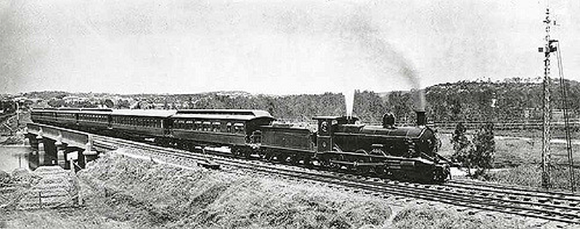In this section, Dr. Florian Hollerweger discusses how he includes group work opportunities in 21M.380 Music and Technology: Sound Design and shares three examples.
Intentionally Creating Opportunities for Teamwork
"The [radio play scene] class session, perhaps because of its intensity and momentum, works well. Students are engaged and actively learning throughout the 80 minutes."
One thing I am trying to do more of in all my classes is to provide opportunities for students to learn actively through group work. In 21M.380 Music and Technology: Sound Design, this typically involves me introducing a concept through a brief lecture and then students working in teams to engage in hands-on explorations of the concept. There is usually a back-and-forth rhythm to this group work. First the students will work together in teams; then teams will share their findings with whole class, and we will all engage in discussing the work; and then teams will splinter off again to take the work further.
Steam Train Whistle Example

Class P6 (C3229), No. 480 locomotive - Engine attached to the Royal train for the Duke of York’s visit to Australia circa 1900. (Public domain image. Source: Flickr Commons)
The third sound design exercise in the course challenges students to synthesize a steam train drive-by, with each group working on a different sound related to that problem. We start this process by dedicating an entire class session to the exemplary analysis of only the steam whistle sound that is part of this scene.
First, I ask students to form teams. These teams go online to identify the most cliché steam whistle sound they can possibly find. We then play the examples for each other and decide which one is the best. It’s often slightly chaotic, but we do narrow it down, and the winning whistle becomes the focus of our analysis.
Instead of me lecturing, we look at a spectrogram of the sound together. This reveals, for example, a correlation between the temporal development of frequency and amplitude, respectively. This correlation is characteristic of the whistle’s sound producing mechanism and can be used to simplify the problem. Then I bring students to the board who I feel might have an idea of how to approach the problem using Pure Data. I ask students to do Pure Data patching on the blackboard without any computer because the pace is slower. This allows everyone to analyze the program that is being created in front of their eyes step-by-step. Teams observe this manual coding and then use the information to guide their later work on the larger steam train drive-by group assignment.
Radio Play Scene Example
The recording and editing assignment challenges students to implement the sounds (dialog plus sound effects) for a script of a short radio play scene. Students prepare the scenes in class, during an 80-minute period structured around a series of intense 15-minute group work sessions.
First, we form teams. Then, in 15 minutes, I teach students what they need to know about microphones. After that, in groups, they write the scripts for a scene of their own imagination, and then, after another short tutorial about recording, they quickly move on to recording the sounds they’ll need to bring their scripts to life. Interspersed with the group work, I also teach them some basic sound editing techniques.
There is some time in the week after the class session to record additional sounds as a group, but I encourage students to record as much as possible right away in class, so they quickly get a practical understanding of the sounds they’ll need to work with.
The MIT Lewis Music Library is an invaluable resource for students during this process. The librarians, who are incredibly accommodating, provide students with portable sound recorders and high-quality headphones.
This class session, perhaps because of its intensity and momentum, works well. Students are engaged and actively learning throughout the 80 minutes.
Thunder Example
Toward the end of the semester, when students are working on their final projects and there is not a lot new material I need to introduce through lecture, I use group work to help students actively teach each other. In one class session, for example, we try to recreate the sound of thunder. I ask one group to think about what characterizes thunder in acoustic terms, and another group to find an example of a good thunder sound, etc. The idea is to have different tasks for different groups. We then come together for discussion. Because each group has a unique contribution, these discussions tend to be rich. These are often the class sessions where it’s a challenge not to run out of time!










